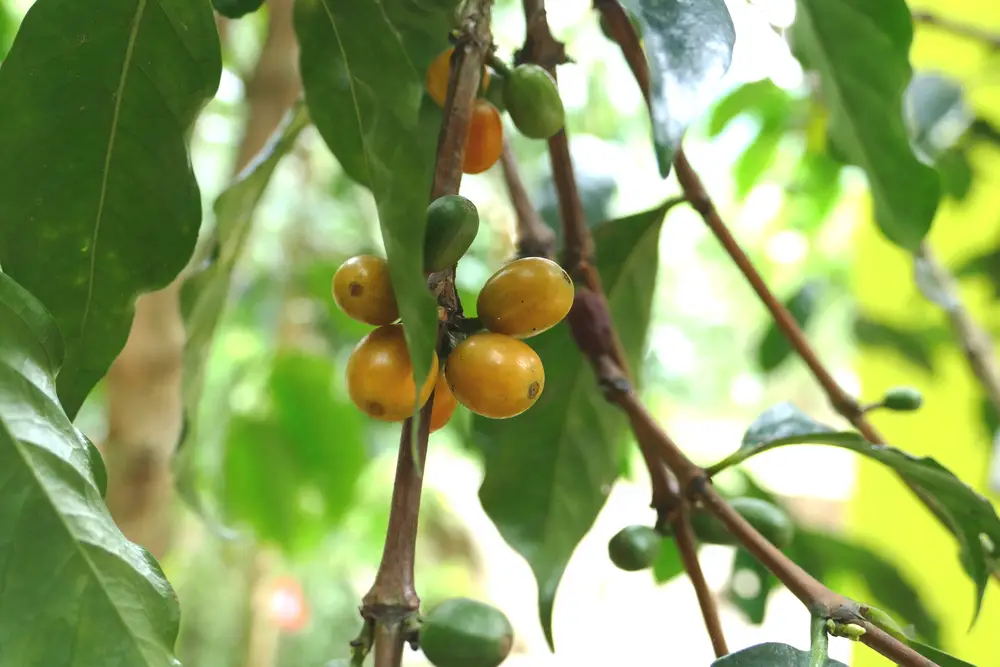Table of Contents
The importance of coffee in Arabic culture
In symbolic texts such as the Bible, the Torah and the Koran, Arabs are described as descendants of Noah. Scientific data shows that the first Arabs came from Petra, now Jordan.
This people established one of the oldest centers in the Middle East, in the region of Asia closest to the African continent. Historians claim that there is evidence of coffee consumption from the 15th century.
Sufis (followers of Sufism, which is described as the inner dimension and spiritual aspect of Islam) drink coffee to keep themselves active or awake in their religious rituals during their nightly devotions. On the other hand, translations of manuscripts show that coffee consumption or use spread from Yemen in the Arabian Peninsula north to Mecca and Medina, and then to cities like Cairo, Damascus, Baghdad, and Constantinople.
Coffee was considered medicine and a homework aid, but was banned by conservative thinkers who believed that coffee’s stimulating effects interfered with what they considered “being” in their creed.
With the popularization of coffee, the Arabs compared this delicious infusion to enjoying art in all its forms.
Why is coffee important to Arabic culture?
As I mentioned before, the coffee culture originated in the Arab world, spread to other parts of the world and is now part of our local culture e.g. B. greeting a visitor with a good cup of coffee or toasting to improve the mood.
In the cafés there, it is a tradition for the men to meet over games, coffee and smoking a pipe to talk about their lives and enjoy their free time.
Arabic coffee is served in a very small cup with dark coffee brewed in a pot, as is customary in the average household.
It is also common throughout the Arab world for the host to refill the guest’s cup until the guest has finished drinking.
Arabic coffee customs and traditions
The coffee is served as a welcome ritual for guests or invitees. In this culture, it is usually served half full and it is customary to drink the same amount three times, especially on religious occasions.
Fortune telling
Similar to the tea leaf, the coffee is also used for divination. To do this, the person is asked to consume their strong coffee freshly brewed, leaving about a teaspoon or sip of the brew . This is then poured into a container to drain the remaining liquid. The reader interprets the patterns created by the coffee residues in the cup.
Burial
Bitter and unsweetened coffee is also commonly drunk at funerals because it is believed to restore the life and qualities of the deceased.
Men and women meet separately. Men and women are always hired for the sole purpose of serving and pouring the coffee. Women only serve women and men are similar because only men serve other men. Arab Muslims and Christians share this tradition.
How do you prepare Arabic coffee?
Arabic coffee is considered black gold. Coffee is usually bought in whole beans. This is then ground in a mill, sometimes in combination with spices such as cardamom, saffron or cinnamon. These spices are each optional. Sometimes oregano, cloves, nutmeg, pepper, star anise and more are also used.
Arabic coffee takes about 10 minutes to prepare:
- Pouring water into a coffee pot, which is where we usually make the coffee. It is preferable to use an Arabic coffee pot made of copper.
- We add all the ingredients to the water, first the finely ground coffee and then the spices. If you want to use the whole cardamom seeds, grind them beforehand.
- It is very important to stir the mixture well, the ingredients must be evenly distributed in the water.
- Once the ingredients are stirred and mixed well, bring the water to a boil. As already mentioned, this coffee is served halfway and is not drunk immediately, but rather you wait a few seconds for the remains of the ground beans and spices to sink to the bottom of the cup.
Arabic coffee as a World Heritage Site
UNESCO declared the Majlis and Kawa to be an essential part of the intangible and cultural history of mankind.
How is coffee Arabica grown?
The popularization of this bean is credited to the Sufi monks, who cultivated this bean and exported it through the Yemeni port of Moka as early as the 15th century. From there it spread to countries like Egypt and Syria and finally between the 16th and 17th centuries.
coffee Arabica is grown at an altitude of around 1,000 to 2,000 meters above sea level, with a temperature of 15° to 24° Celsius.
The coffee genus Coffea consists of 25 to 40 species found in Asia and parts of tropical Africa. The tree has glossy, relatively small leaves, about 12 to 15 cm long and 6 cm wide, tapering, sometimes wavy. When produced, the flowers are creamy white and abundantly distributed on the Coffea shrub or tree. The seeds are usually pollinated by the wind.
The word coffee is derived from the Arabic ” kahwah “, which came into our language from the Turkish word ” kahweh “.
An important curiosity about coffee is that its seeds come from a fruit called a drupe, so coffee is considered a fruit.
This bean is currently cultivated in countries with a tropical climate, mainly in Asia and tropical Africa, although this bean is mainly produced by the largest coffee exporting country, Brazil.



